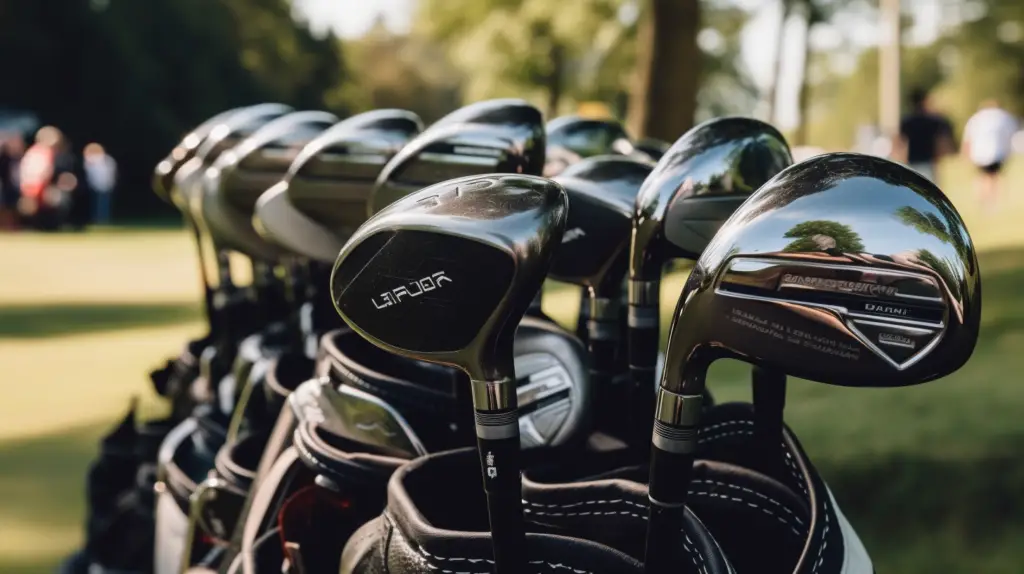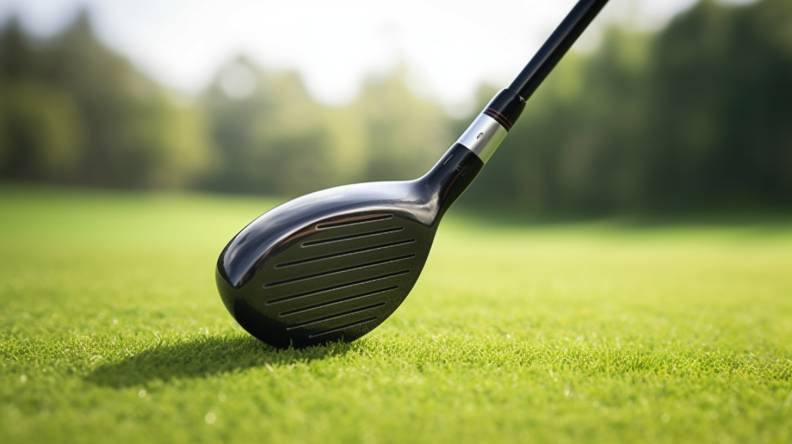Last Updated on November 21, 2023
Golf is a popular pastime and hobby for many people around the world. How long should a golf driver last? It’s an important question to ask, as buying new drivers can be quite expensive. In this article we’ll explore some of the factors that impact the lifespan of your driver, so you can make sure yours lasts as long as possible.
Quality Of The Golf Driver
The quality of a golf driver is determined by several factors, including the shaft material used to construct it and its loft angles. When looking for a good quality driver, you should pay attention to these elements as they can affect your performance on the course significantly. Shaft materials come in various forms, such as steel or graphite, each with their own unique properties that can help improve distance, accuracy and control when swinging. Loft angles are also important; lower lofts will result in more power while higher lofts provide increased accuracy.
Before purchasing any driver, make sure to look into the brand’s reputation and level of quality control. Search online reviews or ask fellow players about their experiences using certain drivers so that you can find one that works best for you. It’s better to invest in well-made products from reputable brands than cheaper alternatives which may not last very long or offer optimal results on the course.
When choosing a driver, think about your usage frequency and whether regular maintenance is feasible. Higher quality drivers often require less frequent cleaning and tuning compared to budget models, helping them retain their original performance over time. Taking care of your equipment properly ensures that your driver lasts longer and gives you consistent results regardless of weather conditions or playing surface.
Proper Care And Maintenance
You can get a lot of mileage from your golf driver by taking good care of it. Regular maintenance and proper care are essential for ensuring that your driver stays in top condition, allowing you to have the best performance on the course. When caring for your driver, there are several key aspects worth considering, such as shaft alignment, shaft flex, and club head design.
Shaft alignment should be checked regularly; this will help ensure that the ball travels straight down the fairway when hit. To do this, simply hold up the club at eye level and check that its face is perfectly square with no leaning towards either side. It’s also important to make sure the shaft has not become bent or warped over time; having an incorrect angle can cause distance loss and inconsistency off the tee.
The right type of shaft flex is also important; too stiff a shaft will reduce power, but one which is too flexible could lack control. Check what kind of swing speed you have and then pick a corresponding flex rating – usually expressed in terms of ‘regular’, ‘stiff’ or ‘extra-stiff’. Finally, consider how much weight is distributed around the clubhead design: more weight typically means more stability, while less weight allows for greater manoeuvrability on each shot.
Golf drivers can last anywhere from two years up to five, depending on how often they are used and maintained correctly through regular cleaning and repair work when necessary.
Frequency Of Use

Having established the importance of proper care and maintenance for a golf club, it is equally vital to consider how frequently it should be used. The amount of use that a driver will get depends on numerous factors, such as:
- Golf etiquette – This can vary from course to course, but generally speaking, most courses have regulations in place which dictate when you are allowed to hit a driver. It may also depend on the time of day or the weather conditions.
- Shaft flex – The shaft flex refers to how much the club head moves during your swing. If you often find yourself over swinging with your club, then this could cause more wear and tear than if you had a softer flex option.
- Course layout – Depending on the length and complexity of each hole’s design, there may be times when using a driver isn’t necessary or advisable due to obstacles or hazards along the way. Taking into account all these considerations can help determine how often you need to reach for your driver out on the course.
Environmental Conditions
The life expectancy of a golf driver is highly dependent on the environmental conditions it has been exposed to. Shaft flexibility, club weight and weather conditions all play an important role in its durability. It is essential that these factors are taken into consideration when determining how long a golf club should last.
When assessing shaft flexibility, it is important to note that stiffer shafts will withstand more wear and tear than softer ones; hence they tend to last longer. On the other hand, heavier clubs can also help to increase longevity as there is less stress put on them compared to lighter models. Finally, adverse weather conditions such as heavy rain or extreme temperatures can shorten the lifespan, so proper care must be taken if playing during harsh climates.
By taking into account the various elements discussed above, one can make sure their golf driver lasts as long as possible while still providing optimum performance on the course. For best results, look for drivers with durable components and keep up regular maintenance checks which include cleaning off any dirt or debris from previous rounds of play.
Frequently Asked Questions
Are There Any Special Cleaning And Storage Requirements For My Golf Driver?
When it comes to caring for your golf driver, careful handling and storage are essential. The club design and shaft selection should be taken into account when cleaning and storing your driver. To ensure maximum durability, use a soft cloth or brush to clean off any dirt or debris from the head of the club before putting it away. Be sure not to leave the club in direct sunlight or extreme temperatures, as this can damage the material over time. Furthermore, avoid dropping the driver on hard surfaces as this could cause irreparable damage, which would lessen its lifespan significantly. Taking these precautions will help keep your golf driver functioning at its optimum level for longer.
Conclusion
The longevity of a golf driver depends on how well it is looked after and used. So, if you’re willing to invest in quality equipment and maintain your clubs regularly, you can expect your golf driver to last for several years.
It’s important to keep this in mind when shopping for a new driver – don’t just look at the price tag; consider the long-term value as well. With proper care, a good golf driver should provide many rounds of enjoyable play. You’ll be sure to get your money’s worth.



